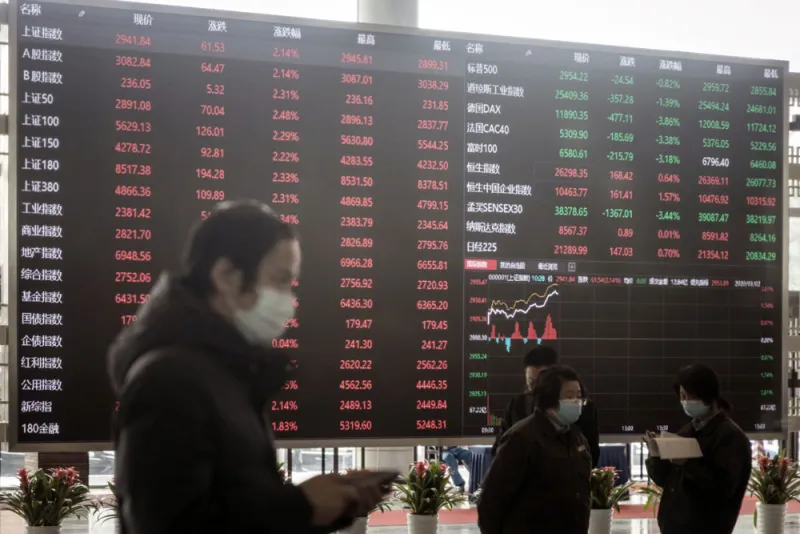Investors in managed futures have been rewarded for their patience. In February, the Barclay BTOP50 index, which represents 50 percent of industry assets under managed futures advisers, fell a net 1.21 percent while the Standard & Poor’s 500 stock index lost almost 9 percent.
Sol Waksman, president of Backstop BarclayHedge, said the index was up 3.3 percent for the month as of February 20, but lost money each of the next six trading days. On February 25 and February 27, the index was down about 1.25 percent.
“There were two reasons why managed futures did much better than the stock market,” said Waksman. “The managers were long interest-rate instruments. Each day the stock market went down, they were making money on interest rates, even if they were losing money on stocks.” Waksman explained that big managed futures traders, with significant profits built up in equities, have had to move slowly out of their positions, causing the index’s slight drop.
“These are big traders who can’t get in and out of the markets on a dime,” he said. Waksman said managed futures advisers also made money on shorts in the commodities markets, which helped them do much better than equities. “But not enough to overcome losses in the S&P.”
Abbey Capital CEO Mick Swift said, “trend-following managers have been long equities coming into February. Trend followers operate at different speeds. If they’re fast, some have already turned short in equities. The long-term oriented are still long, and will cut their exposure more incrementally.”
[II Deep Dive: Have Investors (Permanently) Given Up on Managed Futures?]
Abbey Capital’s futures strategy, a mutual fund, added 0.65 percent for the month of February. Swift said the firm’s private placement strategies were up a little more, but declined to provide numbers. To reduce manager risk, Abbey Capital uses multiple managed futures firms to run its strategies, including those with different response speeds to market trends like those in February. Performance can differ by up to 30 percent in some cases. Swift said that on average managed futures advisers reduced their net longs to equities by 50 percent last month.
Swift said institutional investors have been increasing their exposure to the firm’s managed futures strategies over the last few years as the bull market has aged.
Whether the window has passes for institutions to benefit from getting in depends on governments and central banks’ decisions about the current global economic environment, he said.
“What is the policy response?” said Swift. “Is [February] a blip, or is this a sustained theme in the markets? If it’s the latter, then we would argue that it’s not too late to look at diversification.”







